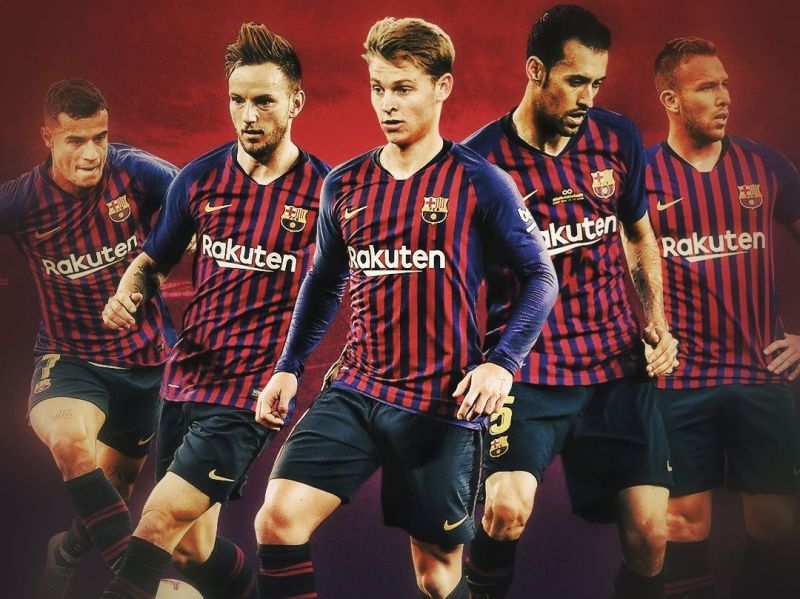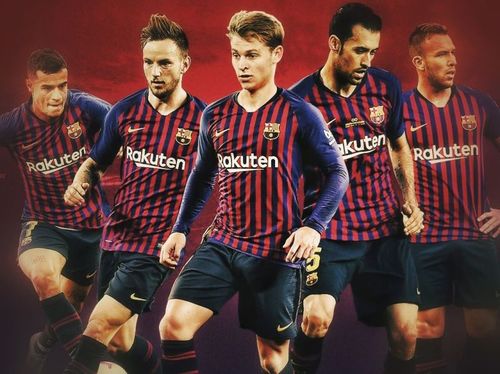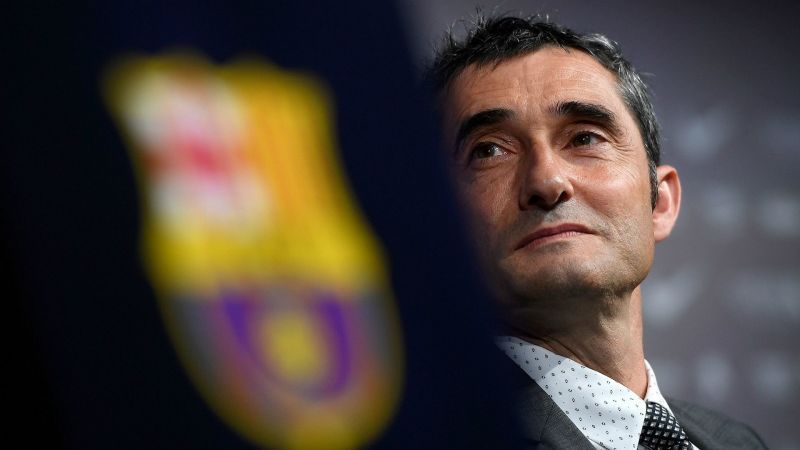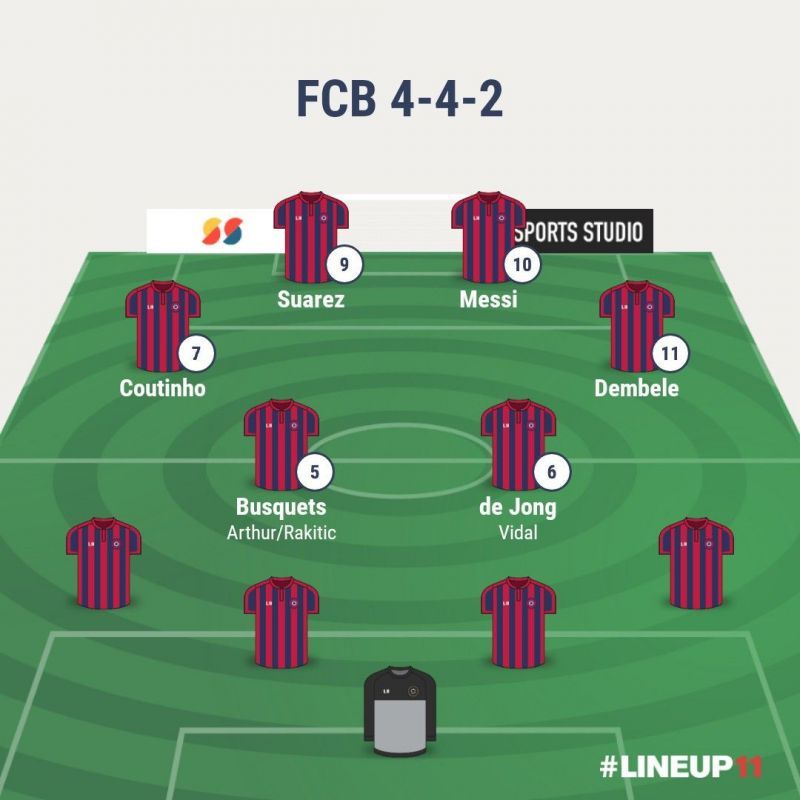
How Barcelona can line up in 2019 with Frenkie De Jong

As we all know, the European football season's winter transfer window is drawing to a close. Most of the top clubs have finished their business with respect to the transfer market, with new players intending to arrive either at the beginning of February itself or by the beginning of next season.
In what was one of the most popular transfer news from the past week, Catalan giants FC Barcelona beat the likes of French leaders Paris Saint Germain (PSG) and English champions Manchester City to capture the signature of the 21-year-old wonderkid from Ajax, Frenkie De Jong. The player will arrive at Barcelona by the beginning of next season and has cost the side a whopping €75million, plus an additional €11million in bonuses.
A creative midfielder widely touted to fit Barca’s style of play, Frenkie is also seen as the rightful heir to Sergio Busquets' throne in the CDM position. His penchant to play short passes and perform layoffs also makes him a versatile footballer. Without a doubt, Barcelona's future days are going to be represented using their upcoming generation of players, De Jong is the latest addition there.
With De Jong's arrival, Barcelona now have a lot of players who can play in the midfield. Busquets, Ivan Rakitic, Philippe Coutinho, Arturo Vidal, and Arthur are the main midfielders right now. It is into this setup that De Jong will have to force an impact, and according to his talent, he is expected to deliver the goods for the Blaugrana.
Initial statistics and analysis from his ongoing tenure at Ajax Amsterdam indicate that the youngster is way more mature than his age. Let us now take a look at some of the ways in which Barcelona can align themselves into a playing XI while being able to field Frenkie amongst the starters:
#1 The 4-4-2 formation

The 4-4-2 has been one of Ernesto Valverde's favourite formations since his earliest days with the club. His starting time as a manager with the Blaugranas saw Neymar leave to PSG all of a sudden, with the club having not much of options to replace the Brazilian. As a result, Valverde was forced to play both Luis Suarez and Lionel Messi as the only options up front - as centre-forwards, using an extra midfielder in addition to the usual setup of three, so as to maintain balance.
The ploy worked well, with the Catalans losing just one game on their way to a dominant display in the LaLiga last season. The arrivals of Coutinho and Ousmane Dembele bolstered the side's team strength even further.
In the upcoming season as well, Valverde can use the 4-4-2 to select his starting XI. While Suarez and Messi will retain their role of centre-forwards, Coutinho and Dembele may dominate the left and right flanks, albeit in more of a midfield position (refer below figure):

The only two points to be observed in this case, are the wider gaps in central zones and the defensive back-line of the remaining two midfielders. The gaps in the centre can easily be closed by Coutinho and Dembele making pacy inroads to cover the midfield, as wing-backs Jordi Alba and Sergi Roberto run up to cover them in the wide spots.
The second conundrum, that of the midfielders' backline can be averted by permanently playing two defensive midfielders with a penchant to drop anchor and hold the line when needed.
Barcelona will have two great stalwarts in the said positions, in Busquets and De Jong. Judging from what we have been seeing from the former for years, and estimating how the current Ajax player will fit into the Barca squad, they may even grow as strong as a set of three players, all on their own.
If needed, Valverde can also use the additional services of Vidal or Arthur, who can double up as substitutes themselves.